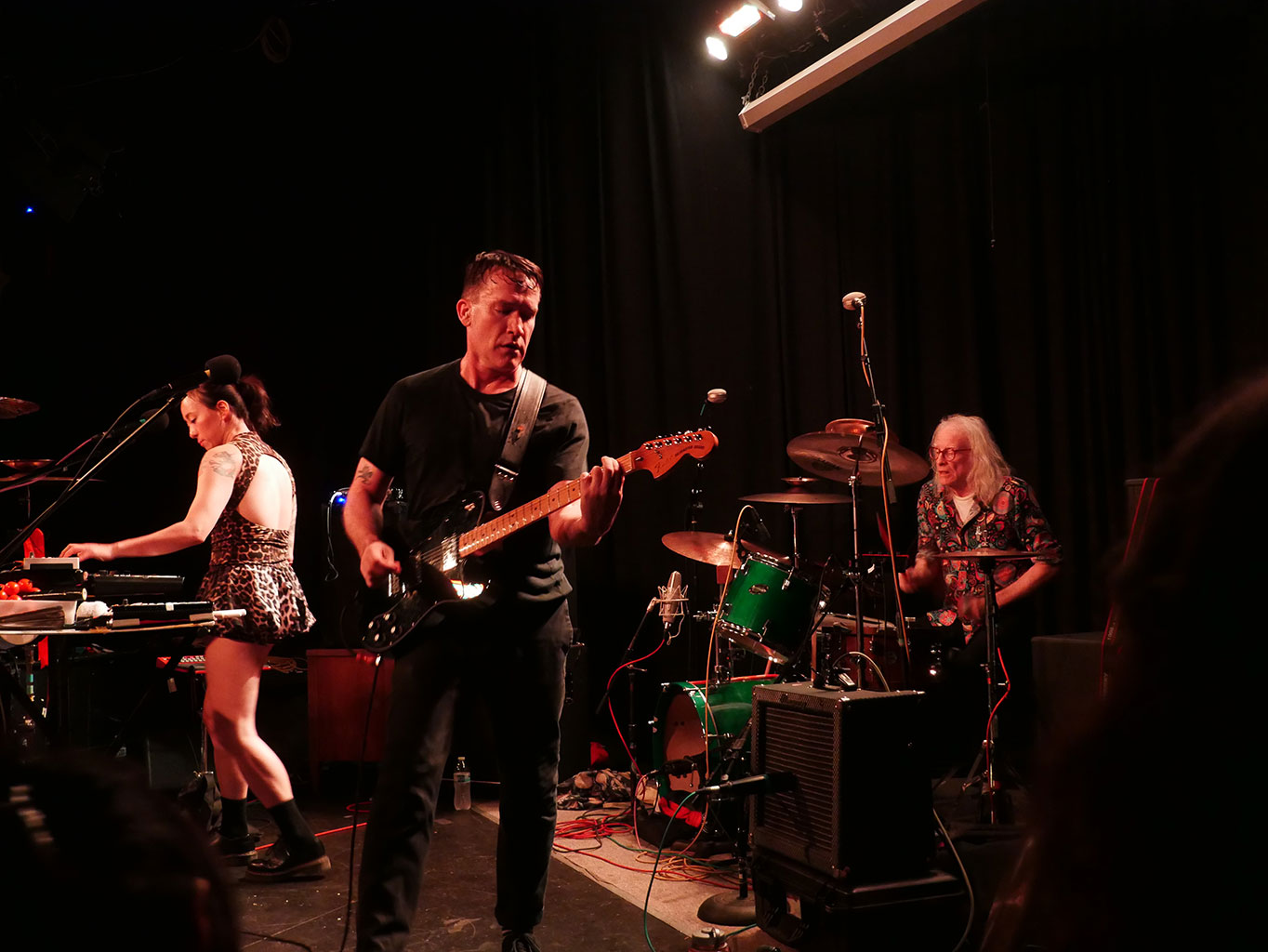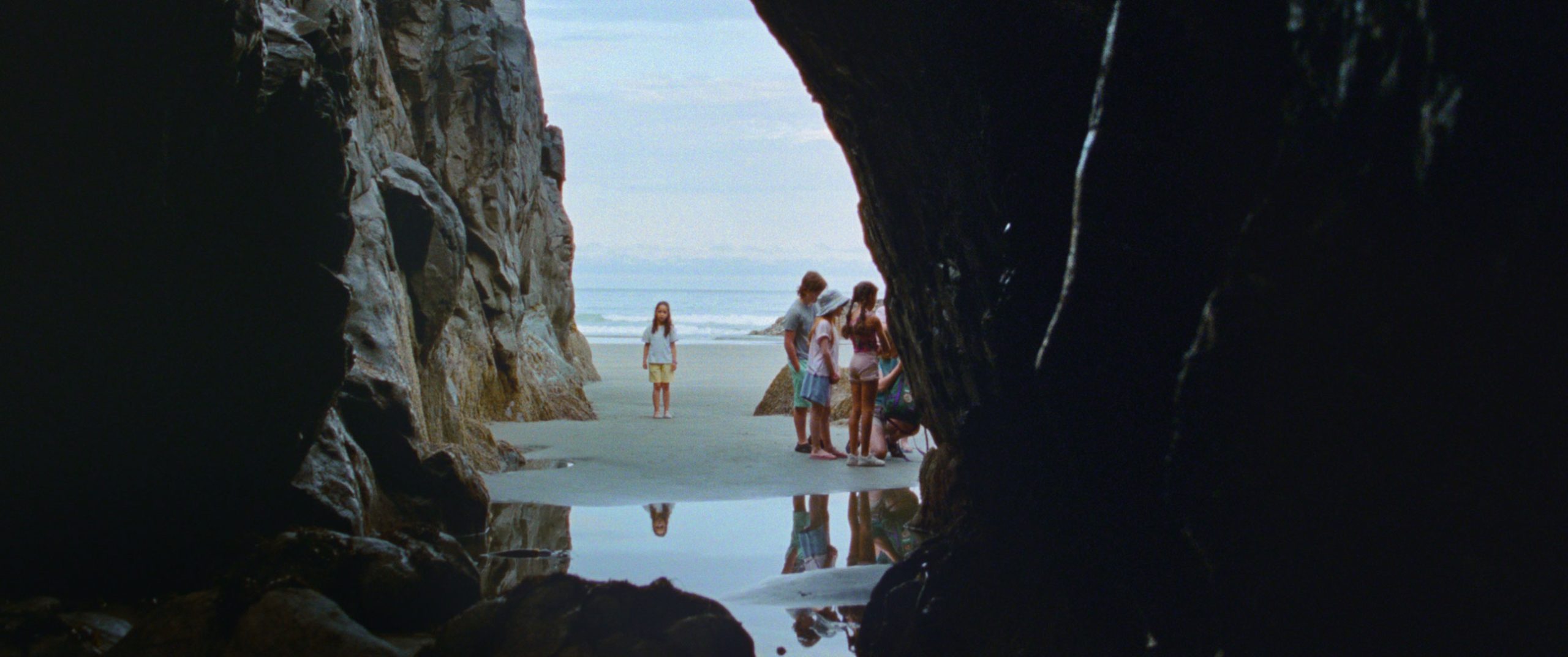
Set on an imagined island off the coast of Vancouver, British Columbia, Seagrass centers around a mixed race Japanese-Canadian family, as they grapple with both a failing marriage and the death of their maternal grandmother. While the two parents, Judith (Ally Maki) and Steve (Luke Roberts), attend therapy sessions and attempt to bond with other couples, their two children, Stephanie (Nyha Huang Breitkreuz) and Emmy (Remy Marthaller), are forced to deal with loss, intergenerational trauma, and overt racism — all while trying to fit in with their peers.
Although Hama-Brown emphasized that the film is entirely fictional, the genuine blood, sweat, and tears from lived experiences, whether personal or not, seep to the surface of Seagrass, to a level that almost cannot be ignored.
Take the very first sequence of the film, for example. As the two sisters run around and play joyfully on a Pacific Northwest ferry (and later sing a rendition of “If You’re Happy and You Know It”), their parents sit silently in their car, facing opposite directions. This emotional distance is immeasurable.
From the get-go, Hama-Brown carefully places a pit into the viewer’s stomach, which ultimately unfolds throughout the film, as this sense of detachment and emptiness never fades.
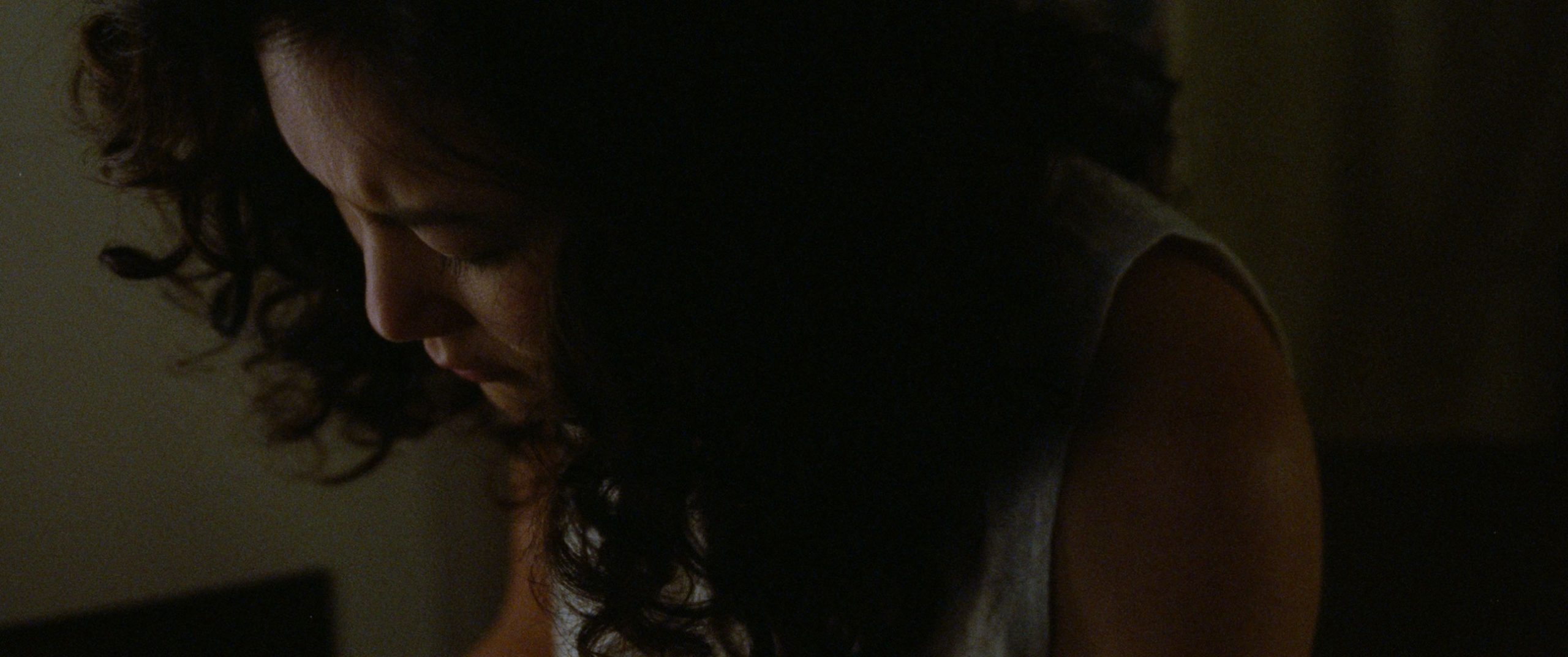
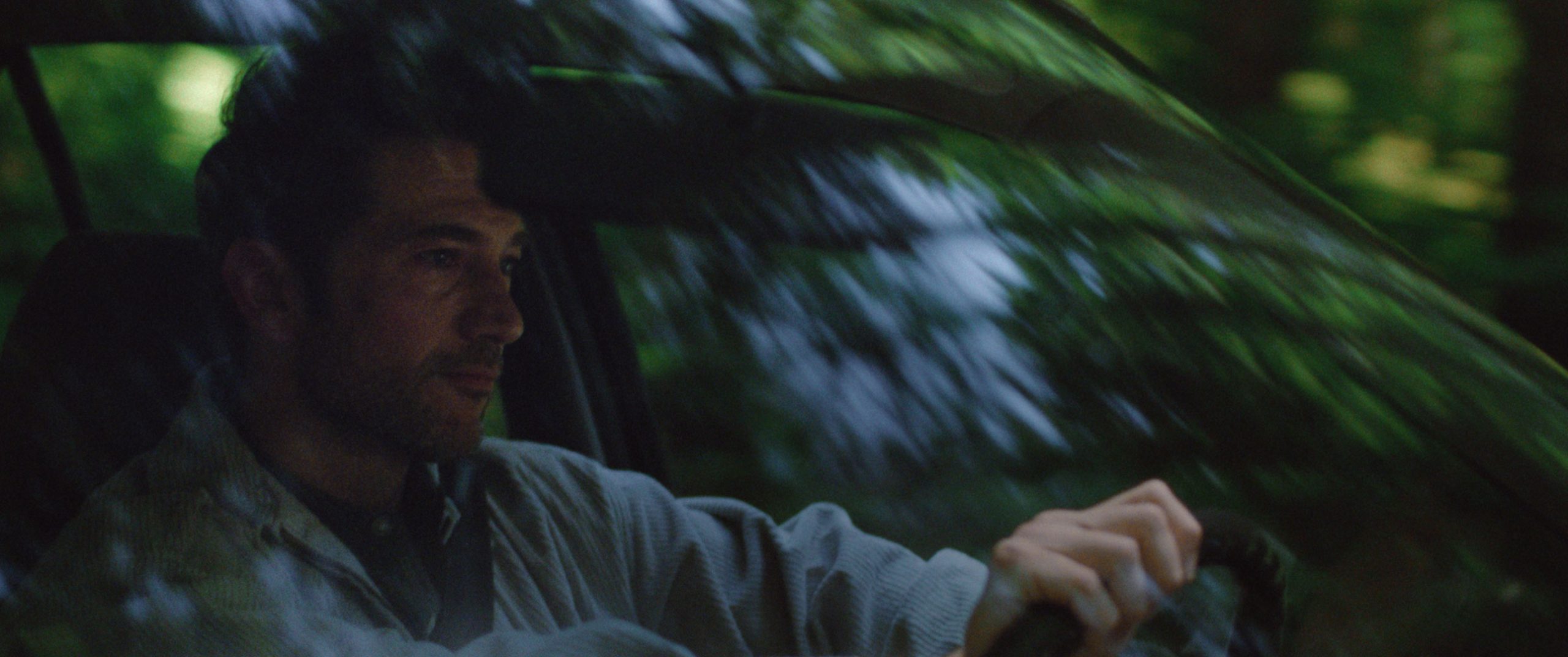
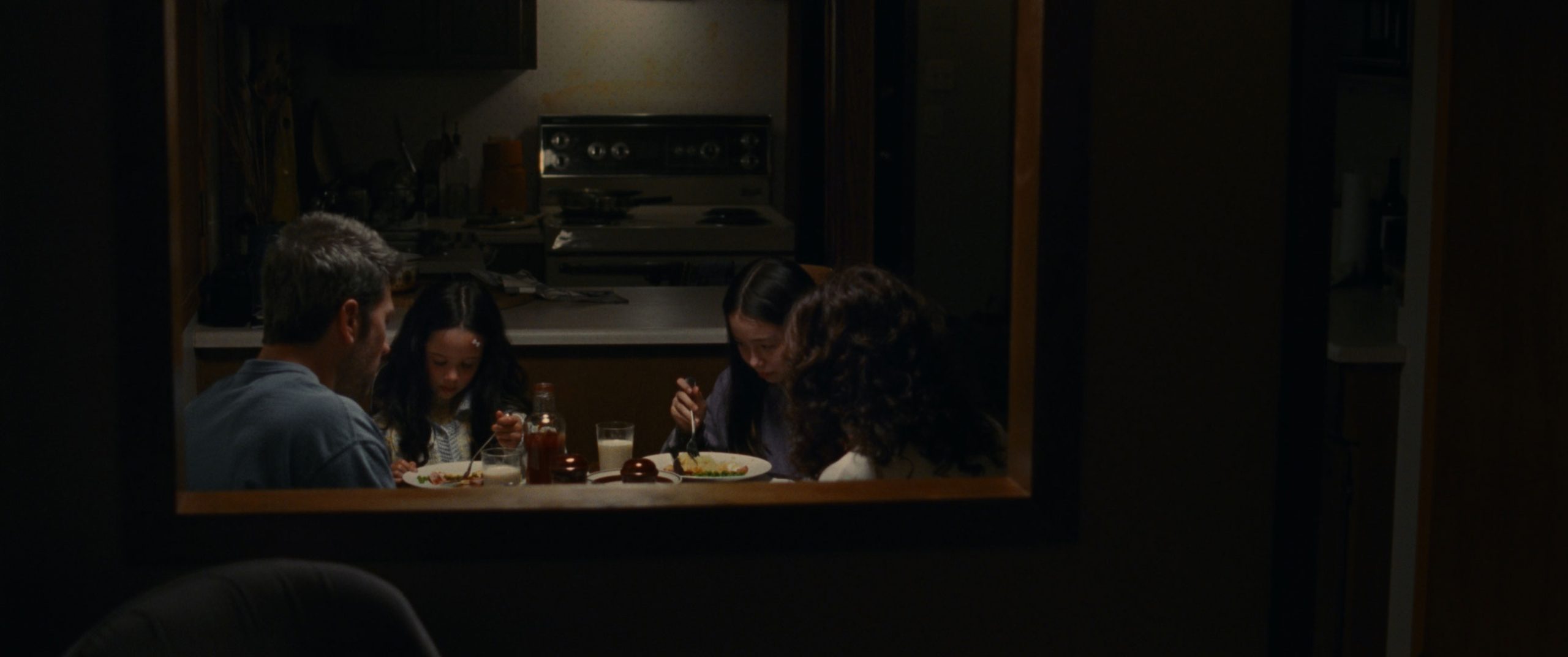
Confronting the Uncomfortable
Despite rather overwhelming emotional content, Hama-Brown emphasized that the creation of Seagrass was a healing experience for most, if not all, of the members involved.
“I think in a lot of ways… Ally Maki, who plays Judith, and I — we share a lot of family history,” says Hama-Brown, whose identity mirrors that of her lead character Judith. “For me, making this story, in many ways, was somewhat healing. And I think for Ally, it was too.”
Unrelenting, yet focused, Seagrass demands the audience become comfortable with uncomfortable feelings of physical and emotional death, internalized racism, and loss of childhood innocence. While the death of Judith’s mother serves as the story’s catalyst, it is in the loss of childhood innocence where Seagrass excels.
Both Huang Breitkreuz, who plays 11-year-old Stephanie, and Marthaller, who plays 6-year-old Emmy, turn in solid performances that anchor the story. They also provide limited, yet well-needed breathing room in an otherwise extremely claustrophobic film.
“I think that they’re going through such incredibly poignant times. Emmy is going through… maybe her first experience realizing what death is and what that means, and she’s having all of these very intense feelings around attachment and really probably going through an existential crisis of sorts, even at such a young age,” Hama-Brown discusses. “And then Stephanie is seeking belonging not just in her peer group, but also in her family. I think that’s something that’s so universal to many people at different ages in life.”
As the two grapple with an overwhelming set of emotions, their struggle displayed genuinely on screen. Dance sequences end abruptly in tears, Emmy forms a childlike attachment to a mundane purple ball, and Stephanie tells lies in order to blend in and be accepted by the popular teenage kids.
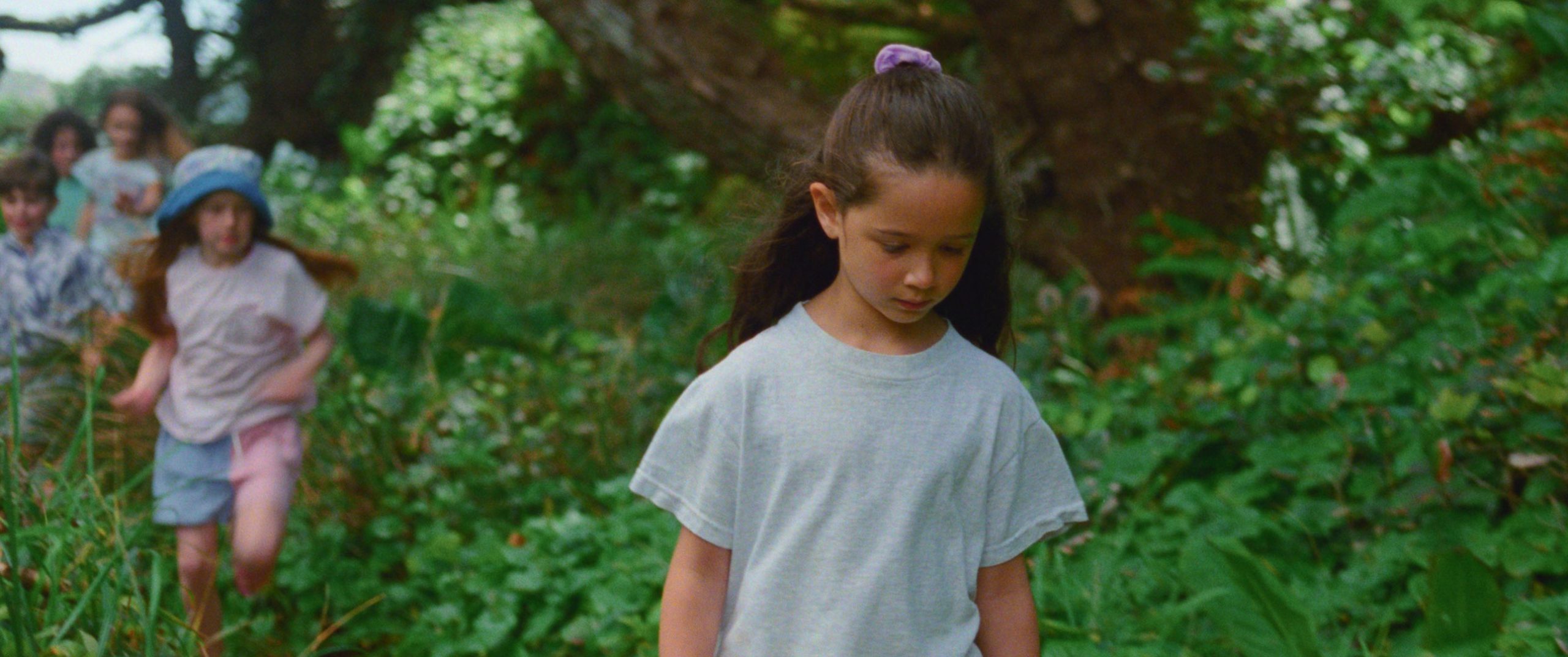
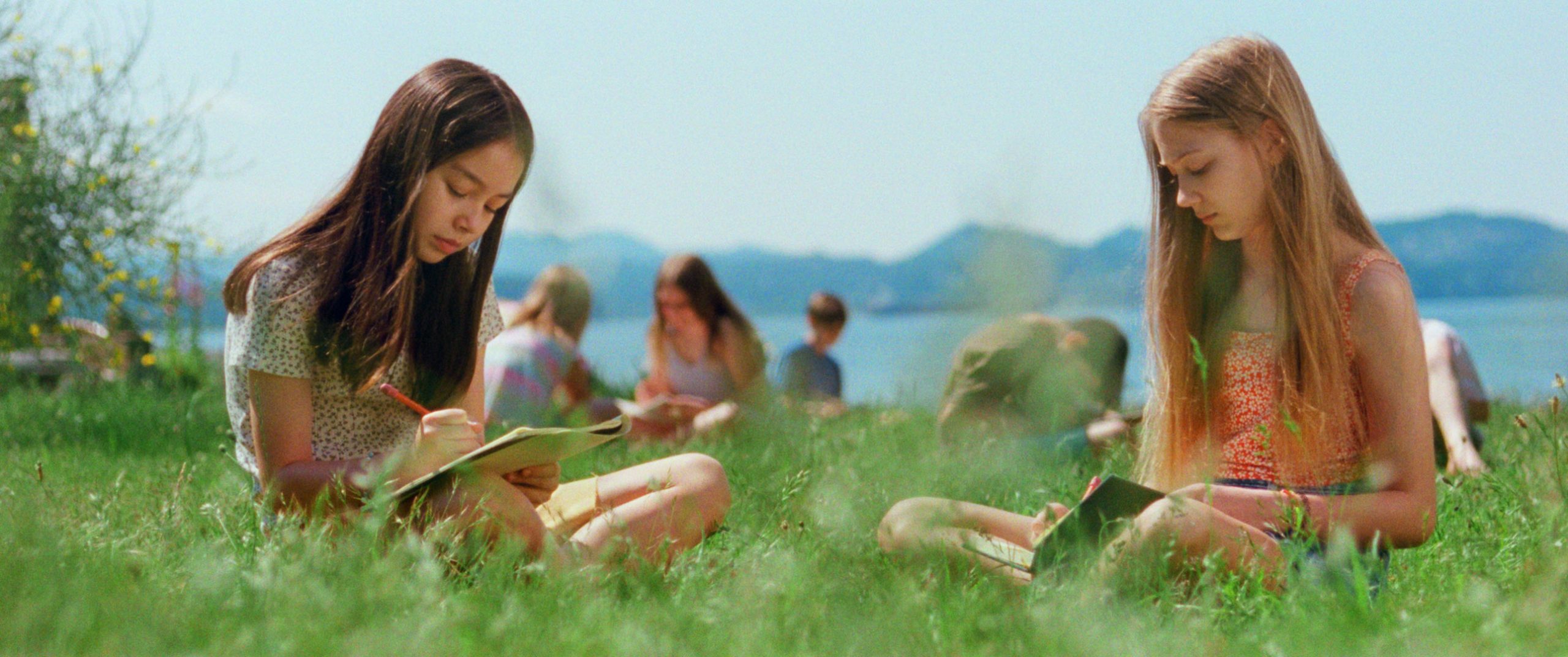
The Weight of Generational Trauma
The residual effects of the incarceration of Japanese people during World War II are everywhere in Seagrass, even though the film is set in the 1990s. And although it occasionally comes across as forced, these conversations surrounding race — especially considering both the U.S. and Canada’s desperate longings to forget the horrible mistreatment of Japanese Americans and Japanese Canadians at the time — are necessary.
“For many Japanese Canadians, there’s been a huge loss of family history as well as culture, and it’s largely due to the fact that these communities were completely broken up in the 1940s,” Hama-Brown notes. “People were not only displaced, but they were dispossessed… they could never return to their communities, because their homes had been taken from them.”
This sense of lacking a stable foundation and a place to call home is difficult to portray, but Hama-Brown carefully manages to weave it into Judith’s character, and Maki powerfully translates it to the silver screen. As their relationship progressively crumbles, Judith expresses — through distinct body language and weighted line deliveries — that Steve cannot provide for her needs. His subconscious prejudice comes through as he asserts that he couldn’t possibly be racist because he married her; it is further brought to light when it is contrasted by another mixed race couple’s seemingly healthier connection.
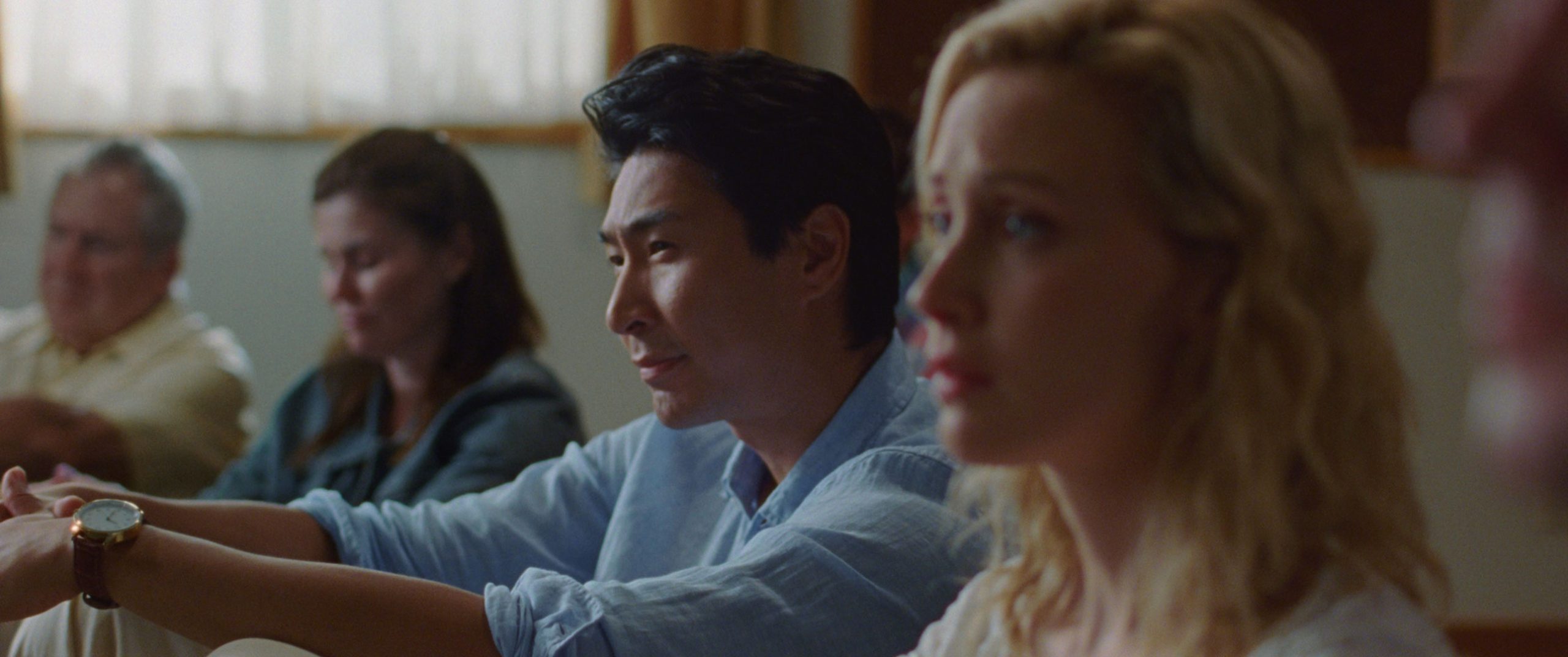
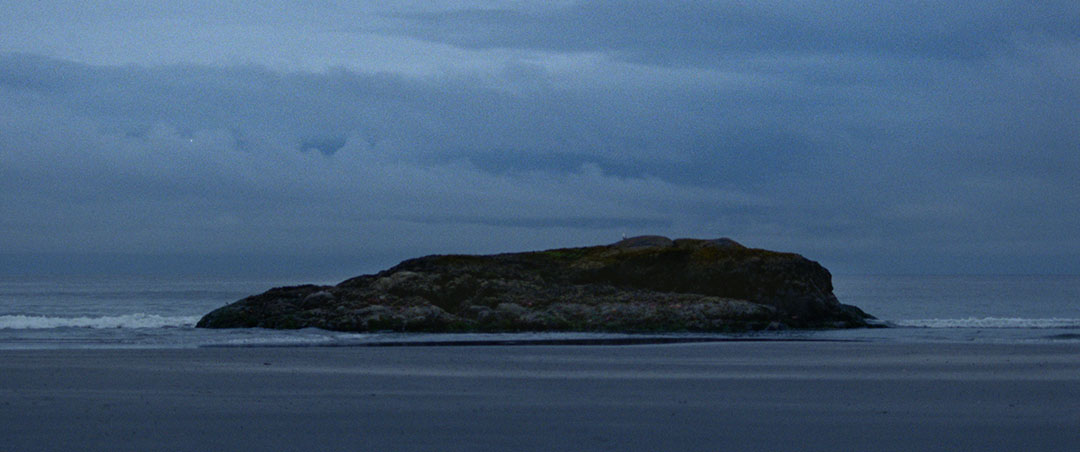
The Necessity of Patience
Clocking in just under two hours, Seagrass excels at creating the sense that the longer the characters — as well as the audience — stay on this island, the more it feels as though there is no escape. This sense of slogging through creates an inadvertent side effect. Instead of solely staying within the characters on-screen, grief becomes actualized within the audience.
“I think [the pacing] 100% really started on set… We shot [Seagrass] in a very specific way,” says Hama-Brown.” We were shooting on film, of course, so we couldn’t do a lot of coverage. [For] a lot of the scenes that play out in one shot, we didn’t shoot any other coverage.”
Much of the pacing also slowed down as Hama-Brown worked with the actors. She explains, “Many times, I said to them, ‘Feel free to just take as long as you want,’ because I wanted that to be a part of the fabric of the pacing as well in their performance.”
This approach, while it may be tiring for some, does translate to fairly authentic performances and creates a world that feels, oftentimes, too real. Norm Li’s cinematography is also a crucial component to why this trauma puzzle comes together; his gorgeous work somehow instills beauty into an almost freezing cold emotional world.
“We talked about not wanting it to feel too scary, but we’re going for a feeling that felt eerie and mysterious and beautiful all at once,” Hama-Brown adds. “We wanted it to feel beautiful and nostalgic at times, sun-drenched… But we also wanted it to evoke the main theme of uncertainty.”
Shot on 35mm film, Li’s patient camerawork extracts this uncertainty to an almost painful level. From the opening to the final shot, the camera exists as a lasting, looming entity that sometimes deliberately stays around too long.
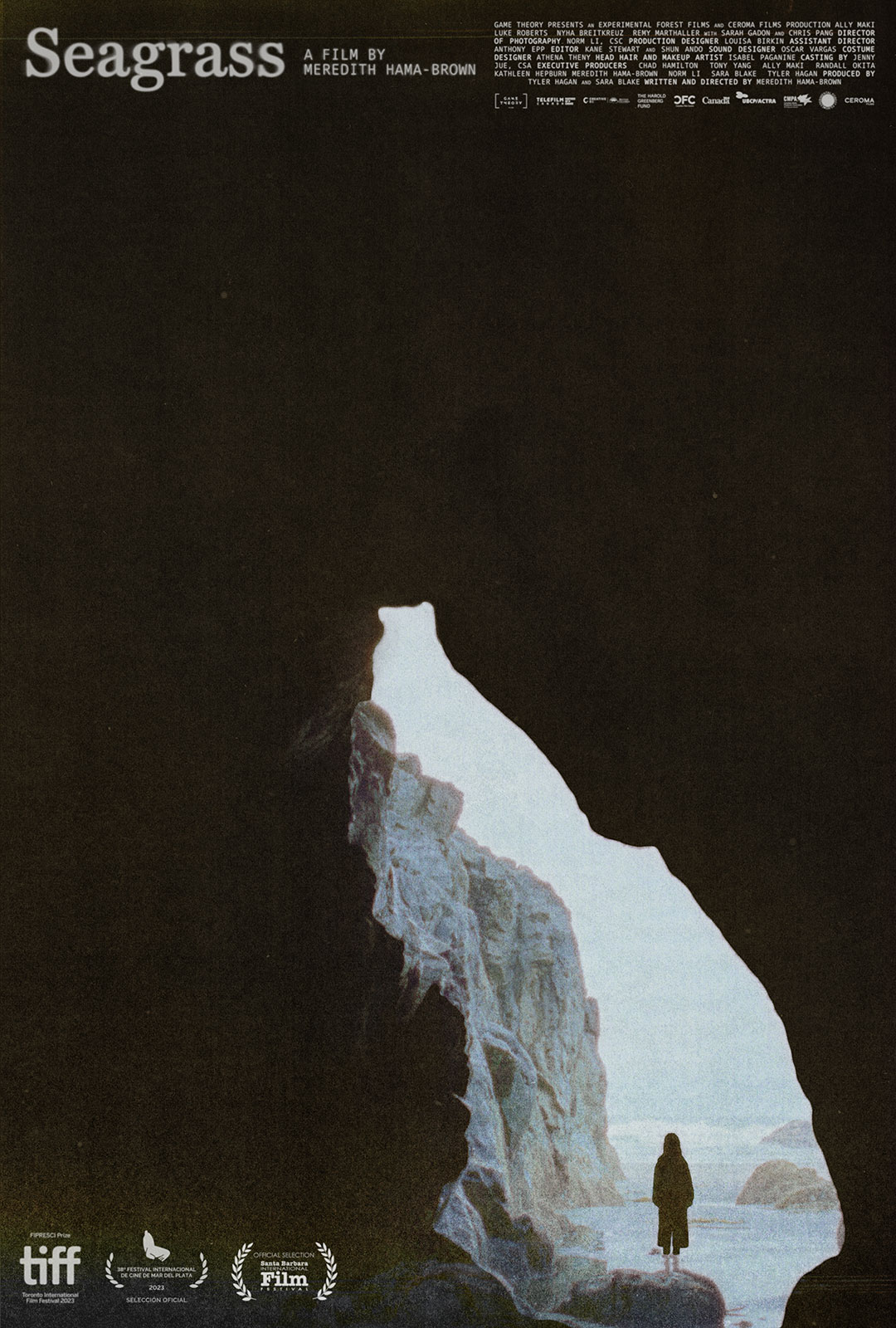
Birth, Confusion, Uncertainty, Death
Although it serves as a central element of Seagrass’ plot, death is a relatively unspoken portion of the film. It’s felt and expressed differently within each character. While Steve is impatient and arguably emotionless, Judith and her two daughters suffer silently.
“Many adults still have these fears around death…. fear of loss,” Hama-Brown mentions. “Many of us still have these experiences around belonging or not belonging. And I think as I was approaching their characters, I was just trying to really be like, ‘No, this is like, it’s important what they’re going through.’”
Each member of the family then explodes in their own way, whether it’s through the couple’s verbal altercations, Judith’s binge-drinking on their sole night out, or, in Emmy’s case, an attempt to run away.
“When I was approaching writing the childrens’ characters, specifically, I really wanted to pay respect to who they are and what they’re going through,” Hama-Brown says, noting that how younger characters are affected by traumatic life events is often overlooked. “Often, as adults, when we look back at our childhood experiences, they feel so far away, and we forget that the feelings that we were going through weren’t so different.”
While children may not be able to fully understand what is going on, these confusing feelings of loss have always existed since birth. As one progresses through life, tools are provided to assist those in grief on their journeys. Yet these tools aren’t always enough.
Seagrass presents itself fascinatingly as a level playing field. As each individual character struggles in their own fashion, they all leave with similar feelings of uncertainty. Nothing changes, and nothing is fixed; everyone must simply just continue living and hope that these tools help in the end.
While Seagrass may not work for all, its universality leaves a mark on all who take the time to visit. It slides itself into Pacific Northwest film canon as an important watch for both its historical urgency and its pervasive emotional content.
If viewers leave feeling uncomfortable or empty, then Hama-Brown and crew have succeeded in their mission for you to embrace life’s confusing and often uncertain nature.
It’s a difficult film, yes, but so is life.
Seagrass Film Trailer
Ω






